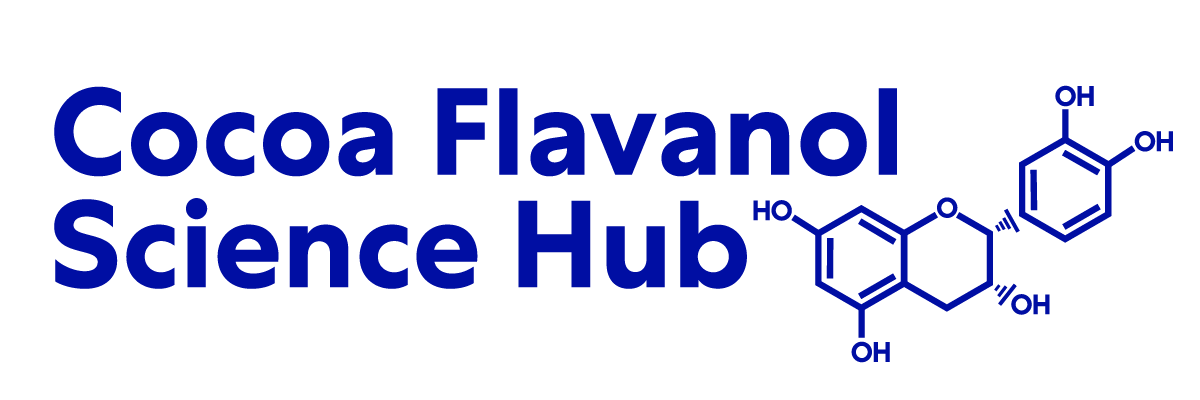A dose-response effect from chocolate consumption on plasma epicatechin and oxidative damage.
Evidence from epidemiological studies suggests that a diet high in plant foods and rich in polyphenols is inversely associated with a risk for cardiovascular and other chronic diseases.Chocolate, like red wine and green tea, is a polyphenol-rich food, primarily containing procyanidin polyphenols. These polyphenols are hypothesized to provide cardioprotective effects due to their ability to scavenge free radicals and inhibit lipid oxidation. Herein, we demonstrate that 2 h after the ingestion of a procyanidin-rich chocolate containing 5.3 mg total procyanidin/g, of which 1.3 mg/g was (-)-epicatechin (epicatechin), plasma levels of epicatechin increased 133 +/- 27, 258 +/- 29 and 355 +/- 49 nmol/L in individuals who consumed 27, 53 and 80 g of chocolate, respectively. That the rise in plasma epicatechin levels was functionally significant is suggested by observations of trends for dose-response increases in the plasma antioxidant capacity and decreases in plasma lipid oxidation products. The above data support the theories that in healthy adults, 1) a positive relationship exists between procyanidin consumption and plasma procyanidin concentration and 2) the rise in plasma epicatechin contributes to the ability of plasma to scavenge free radicals and to inhibit lipid peroxidation.
See the Full Study > (opens in a new tab)









